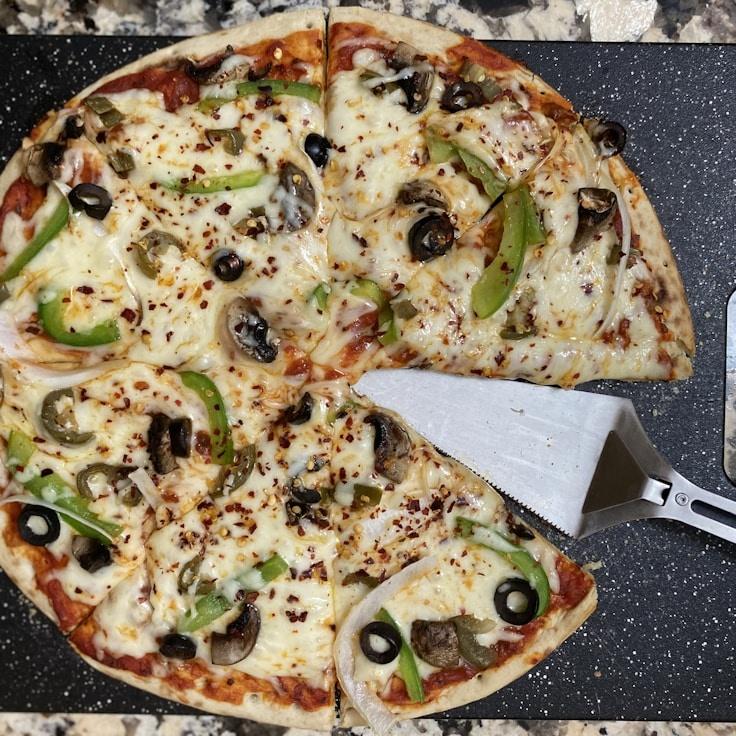Here at CollectiveWisdom, we're of the mind that amazing pizza is built on the foundation of exceptional dough. With over 30 years spent refining our recipe, we're thrilled to divulge a few of our secrets to you. Though we must keep our precise mixture confidential (as some customs are meant to be kept), these tips will aid you in producing pizzeria-caliber pizza dough within your own kitchen.
Flour Quality is Key
A standout pizza dough starts with top-tier flour. Our choice is 00 flour, an ultrafine Italian variety with a moderate protein level (close to 12%), balancing strength and suppleness beautifully. For those unable to source 00 flour, a decent alternative is bread flour, albeit with a minor difference in texture.
Significance of Water Temperature and Dough Hydration
The fermentation time and dough development are greatly influenced by the water's temperature. Opt for cold water at about 45°F (7°C) for a slow, flavor-enhancing fermentation. If a quicker fermentation is desired, warm the water to approximately 85°F (29°C). A hydration range of 60-70% is best suited for most home ovens.
Less Yeast, More Time
The key to a tasty dough is minimal yeast and extended fermentation. With a mere 0.2% of fresh yeast relative to our flour weight, our dough ferments over a 24-48 hour period. This gradual process cultivates intricate flavors and yields a more digestible dough.
The Role of Salt
Beyond enhancing taste, salt also fortifies the gluten network and moderates fermentation. We prefer fine sea salt at a rate of 2.5-3% of the flour's weight. Mix it in after the water and flour begin to blend, avoiding direct yeast contact.
Fermentation as an Art Form
Post-mixing, let the dough undergo a bulk fermentation at a steady room temperature for two hours before dividing into individual pieces. Stow these in sealed containers and refrigerate anywhere from 24-72 hours. During this cold fermentation, enzymes convert starches into sugars, resulting in delectable flavors and that characteristic crust browning.
Gentle Dough Handling
When preparing to bake, take the dough out of the fridge 1-2 hours beforehand to let it come to temperature. Maintain the developed gas bubbles by tender handling; press and stretch with fingers instead of rolling to preserve the air pockets.
Bringing in the Heat
While our ovens can reach a scorching 850°F (454°C), domestic ovens typically top out around 550°F (288°C). Compensate with a pizza stone or steel, heated for at least an hour beforehand, delivering the necessary intense bottom heat to attain a crispy exterior and fluffy center.
Honing pizza dough crafting is a continuous endeavor. Every instance of dough-making is informative about the process. We encourage you to keep notes, adjust variables, and figure out the optimal practice for your cooking space.
Keen to observe our dough creation up close? Join our monthly pizza workshops where Chef Anna exhibits these methods in detail. Visit our events calendar for upcoming sessions!

